Sorry. Even though that case has not quite exhausted its appeal in the U.S. District Court for the Middle District of Pennsylvania, and even though PJM suspended the project and removed it from its planning models, Transource has chucked that plan and resubmitted the same project in PJM's July 2022 competitive proposal window to solicit project proposals to address numerous reliability criteria violations on several flowgates in Maryland, Virginia, and Pennsylvania.
You can see Transource's new (old) proposal here. (Click to expand 2022 RTEP Window 1 at the top of the list.) It's project number 633. Transource describes its new proposal as:
This Proposed Solution is a resubmittal of the modified Independence Energy Connection (IEC) Project. The Proposed Solution consists of: (1) the IEC West Portion, which is comprised of approximately 29 miles of new double-circuit 230 kV AC overhead transmission line between the existing Potomac Edison Ringgold Substation in Washington County, Maryland to a new Rice Substation in Franklin County, Pennsylvania; and (2) the reconfigured IEC East Portion, which is primarily comprised of adding 230 kV AC overhead transmission lines between a new Furnace Run Substation in York County, Pennsylvania, and the existing BGE Conastone (via Baltimore County) and Graceton Substations in Harford County, Maryland.
It's Groundhog Day!
It's not like Transource didn't already try to morph the IEC into a "reliability" project after the economic need for it evaporated during the PA PUC evidentiary hearing. They tried really hard to find new reasons to build the same old, tired project without having to start again. But the PA PUC rejected the idea that it could substitute a new "need" for the old one without PJM going through the whole planning cycle to determine if IEC was a good solution for the small reliability issues that may arise in the future.
The jury is still out on that one. When PJM suspended IEC, it noted:
Violations are small in magnitude and operating steps for a short term duration can mitigate issues pending further review in 2022 RTEP.
Why would PJM waste another 7 years on a project that has already been rejected by a state utility commission? And what if Transource wins its federal court appeal and the denial is remanded to the PUC? Does that mean Transource will build the same project twice? Seems like the more logical solution for PJM is to go with a new and different project without all IEC's baggage. But when has PJM ever done anything logical when selecting projects? Transource has already poured tens of millions into the IEC, and ratepayers are on the hook to pay for it, whether it is ever built or not, thanks to recovery guarantees granted by the Federal Energy Regulatory Commission. Why would PJM encourage dumping more ratepayer money into the black hole of a project that is unlikely to ever be approved and built? And why would PJM select a project with entrenched opposition, knowing that it would be hotly opposed from Day 1?
It seems that the good citizens of Pennsylvania and Maryland may never be free of the Transource IEC if the company keeps resubmitting the same project over and over, like a monkey flinging poop on the wall to see what sticks. Nothing is going to stick, but it doesn't keep Transource from trying. After all, ratepayers are on the hook for all the costs of Transource's Ground Hog Day project.
The least they could have done is rename it this time around. How does Transource Groundhog Day Project sound?


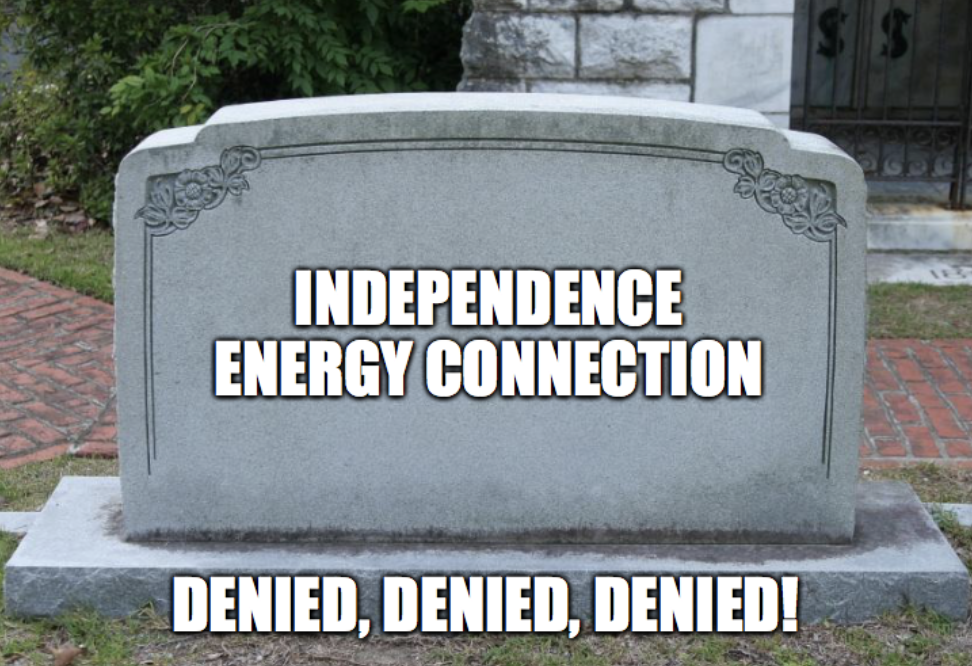
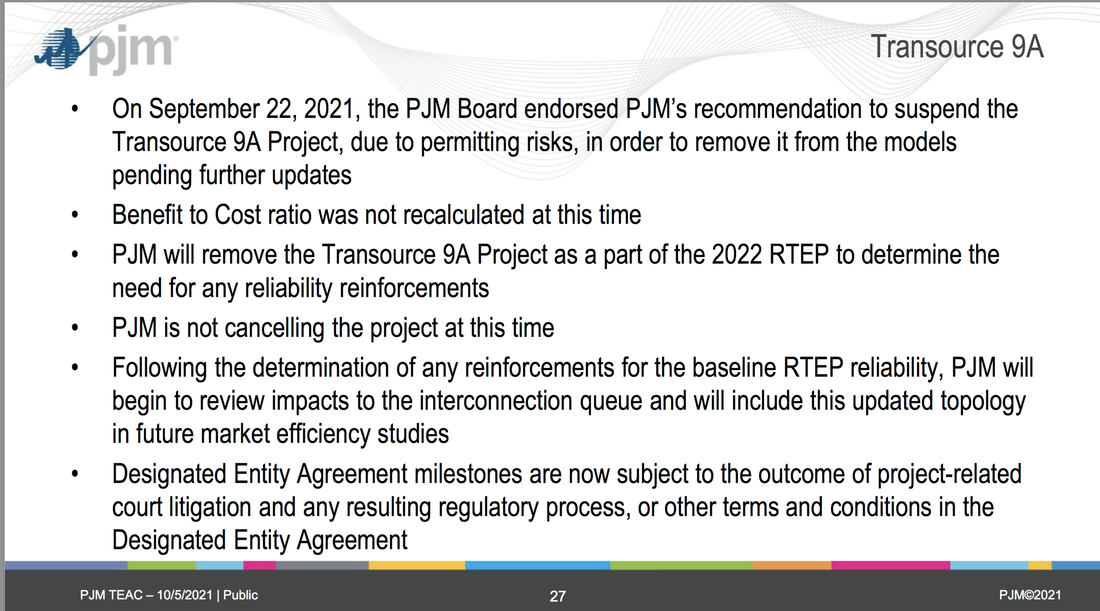
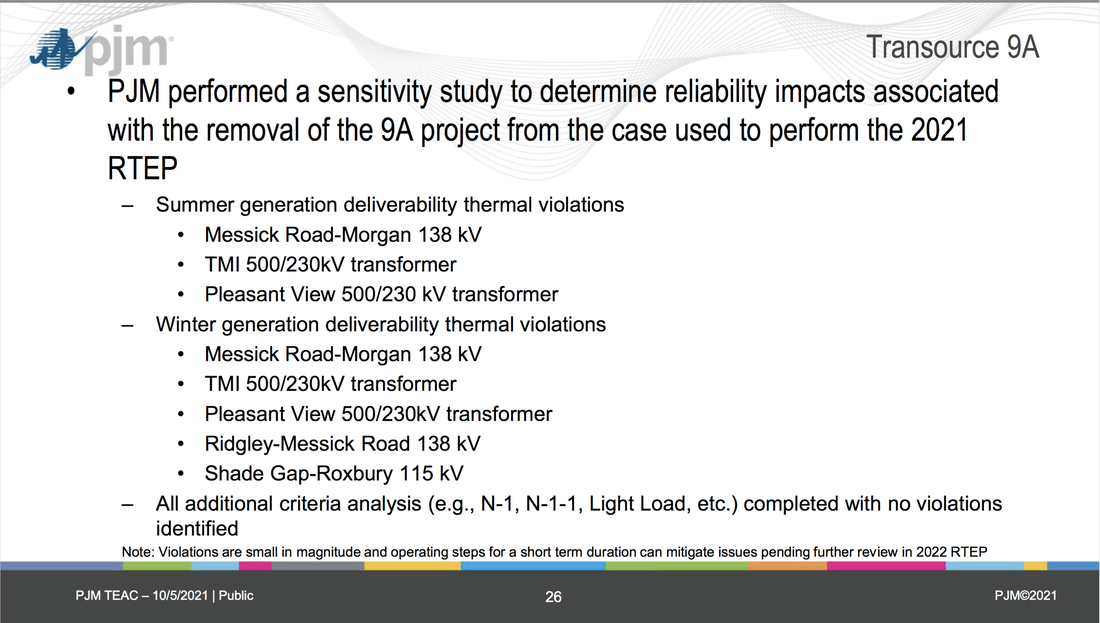

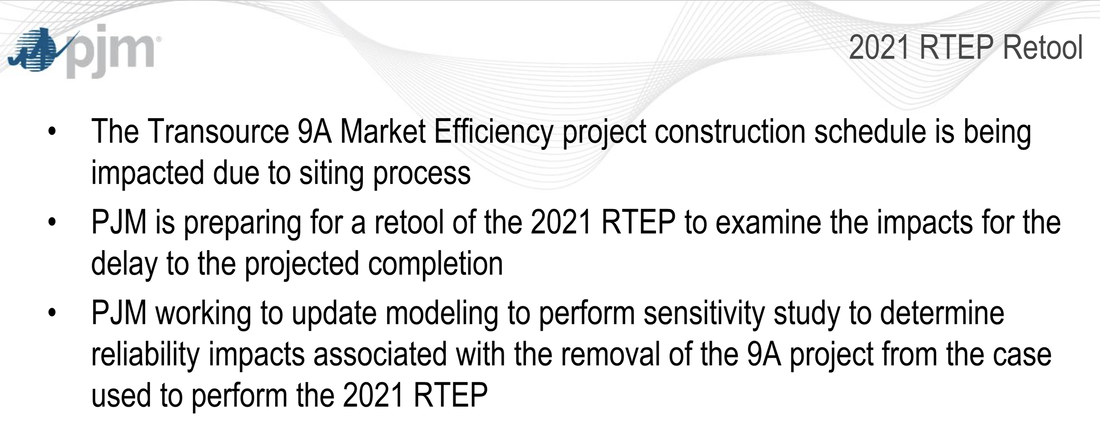
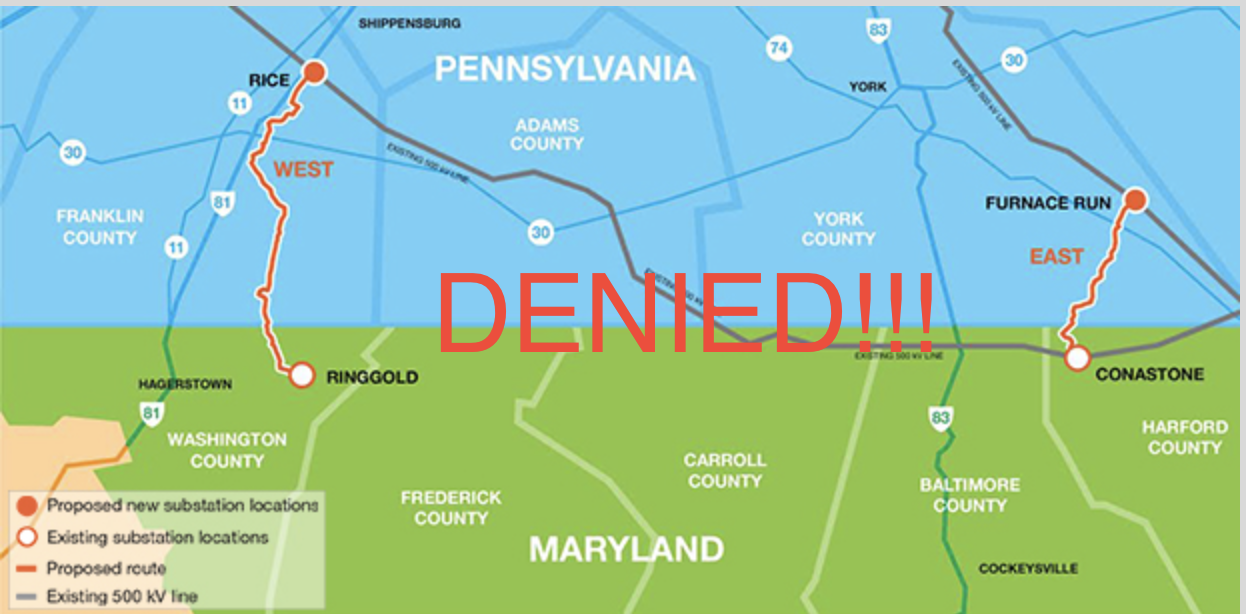
 RSS Feed
RSS Feed